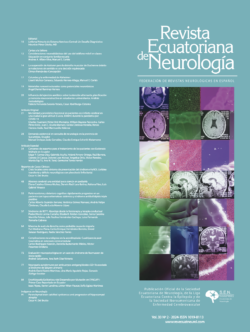In this paper we present a revision on the origins of Addictive Behavior and related neural basis. Although there are abundant specific bibliography and professions focusing on addictions treatment, the reasons why people started with addictive behaviors and consequently maintain are still not well understood. This article explores the construction, meaning, and impact of addiction in historical and psychological perspective. The challenge to the usual concept of addictions causes has significant implications for medical practice and for treatment programs. Furthermore, with this article we present the phenomena of Multifactorial Polygenic Heritage as a possible theory for the explanation of addictive behavior, being consequently important for its prevention and treatment. The roles of social, cultural, and population differences, as they may relate to addictive behaviors, are explored.
One of the most complex situations that neurologists face is brain death. It is a painful state for the patient’s family, but by the other hand, it constitutes the hope for patients waiting for organ donation. Therefore it is essential to have a clear concept to achieve a correct diagnosis and management of this delicate situation.





